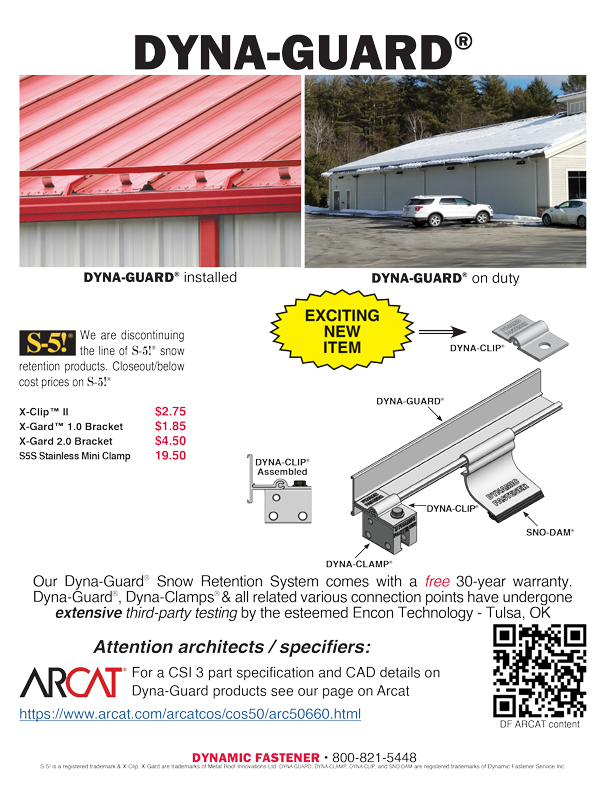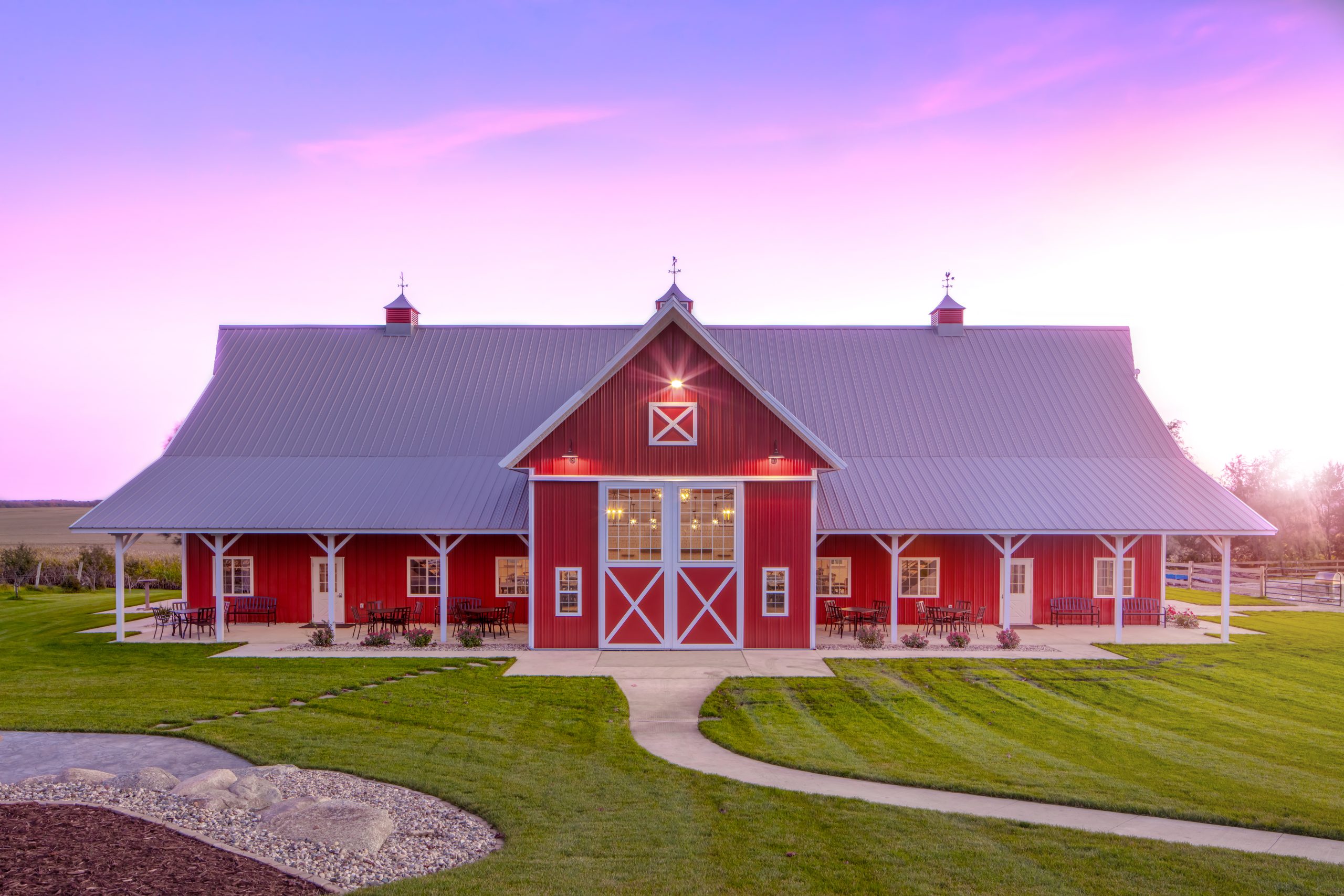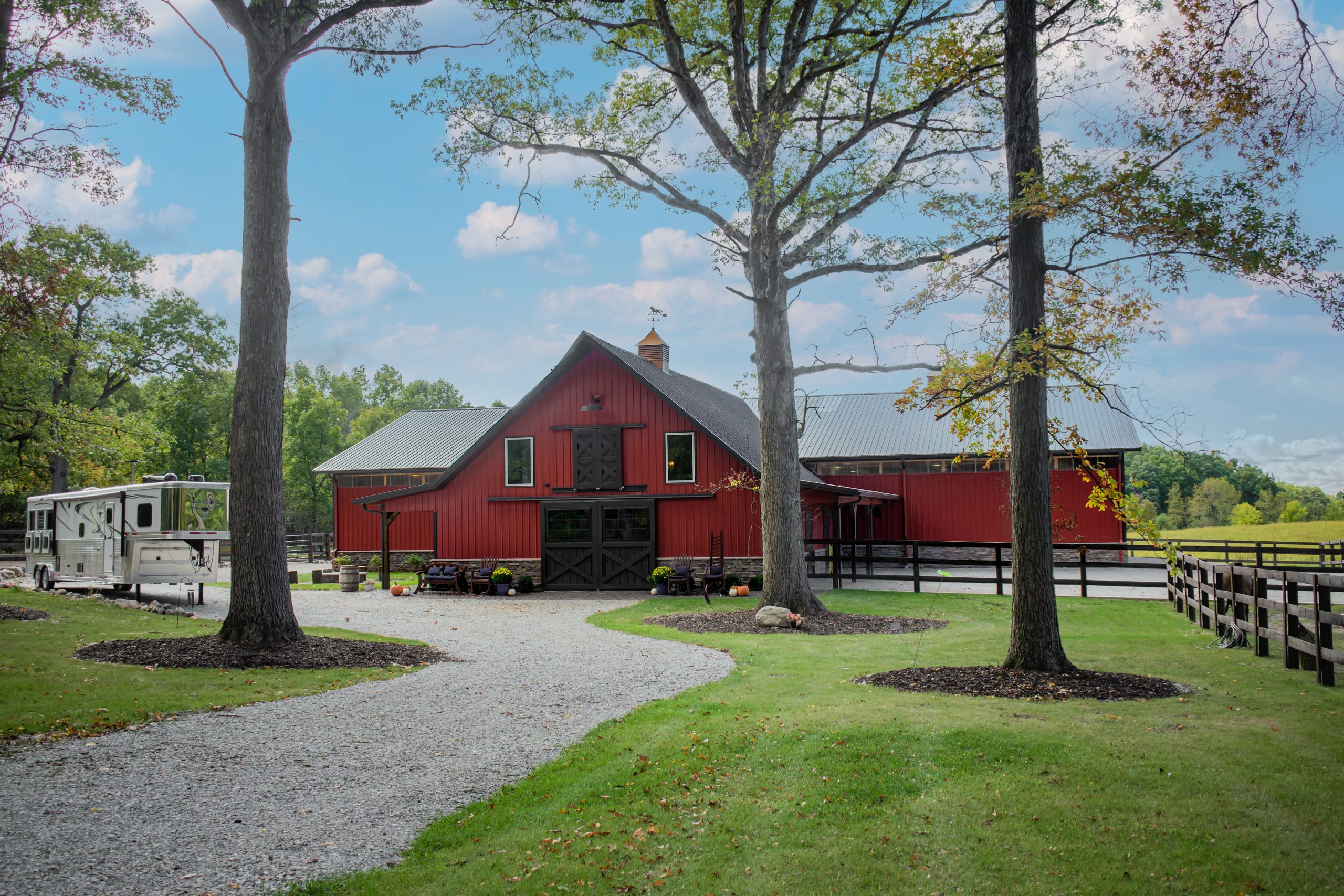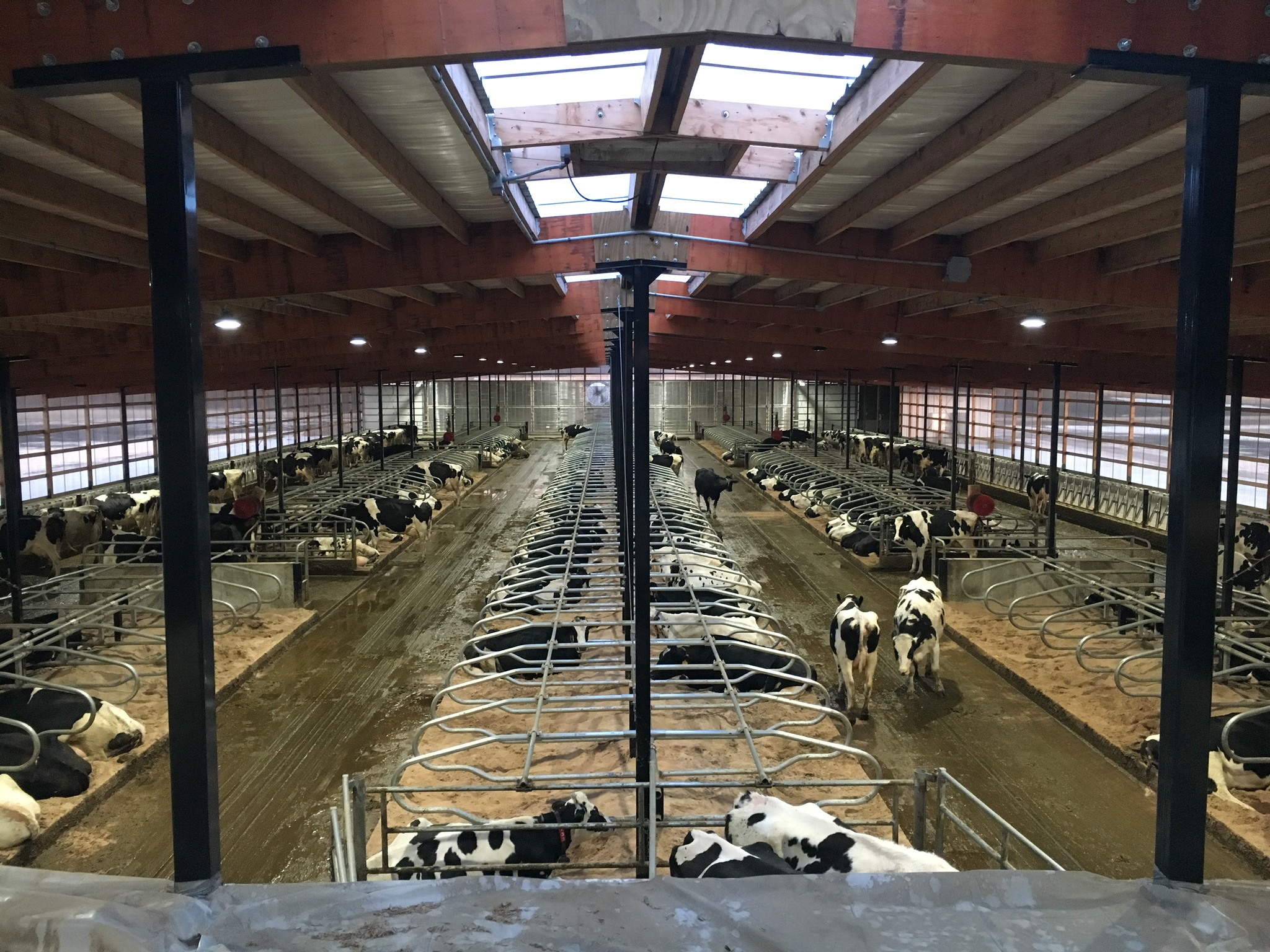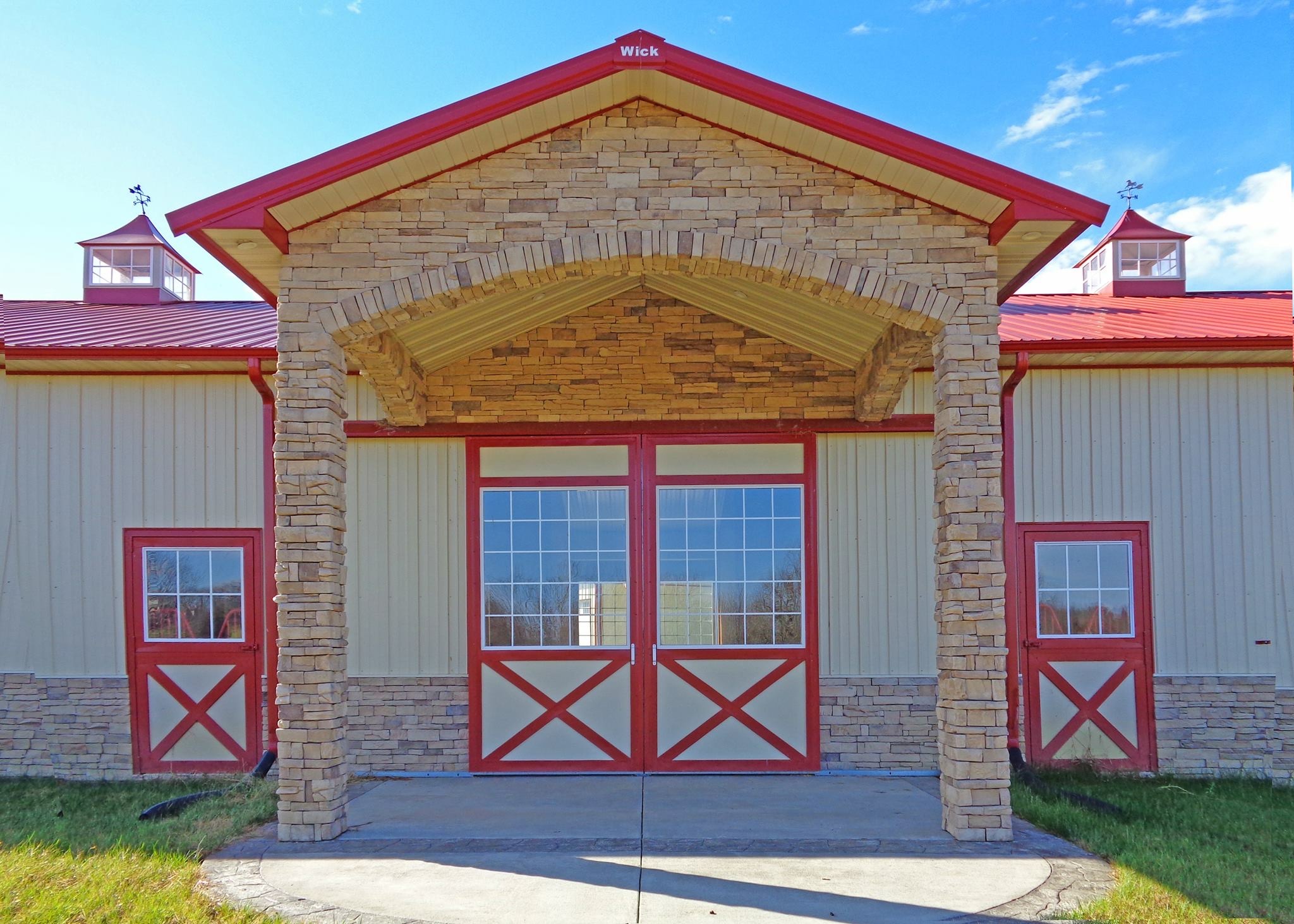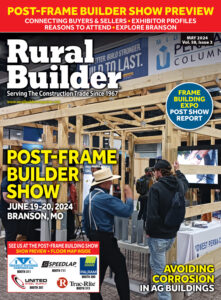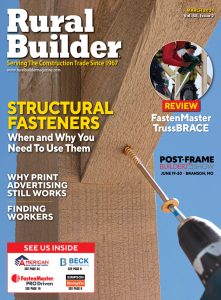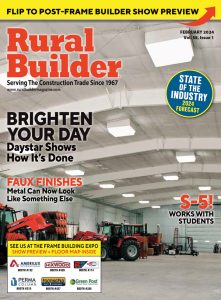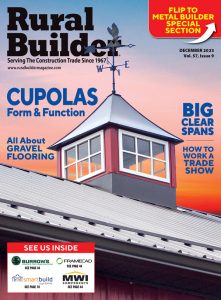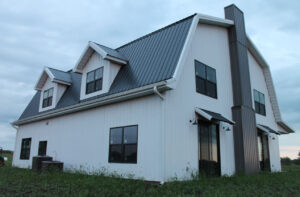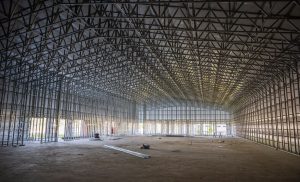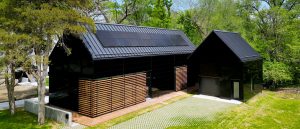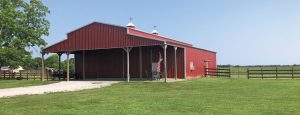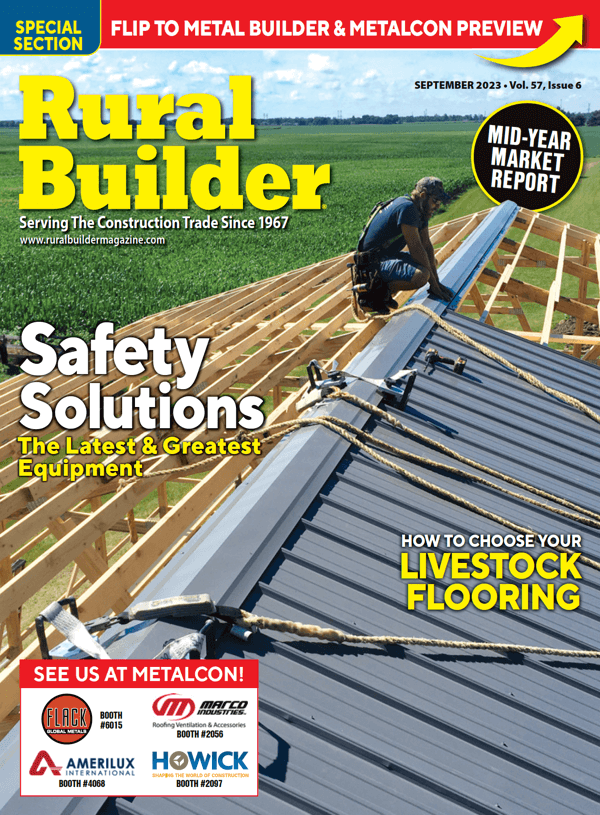A milking center is often included as part of a dairy facility’s expansion. For many dairymen, this includes their first milking parlor. Their experience with milking parlors and knowledge of what to look for in design, layout and construction are often limited. Farm builders who become involved with the design, layout and construction of a milking center can be of great assistance in helping a dairyman get the most for his money.
Consider these notes and observations on development of a milking center. All of these wouldn’t be used in the same parlor. In fact, some of them couldn’t be used in the same system but they all have a place and can add to milking efficiency and effectiveness.
Expediting Cow Traffic
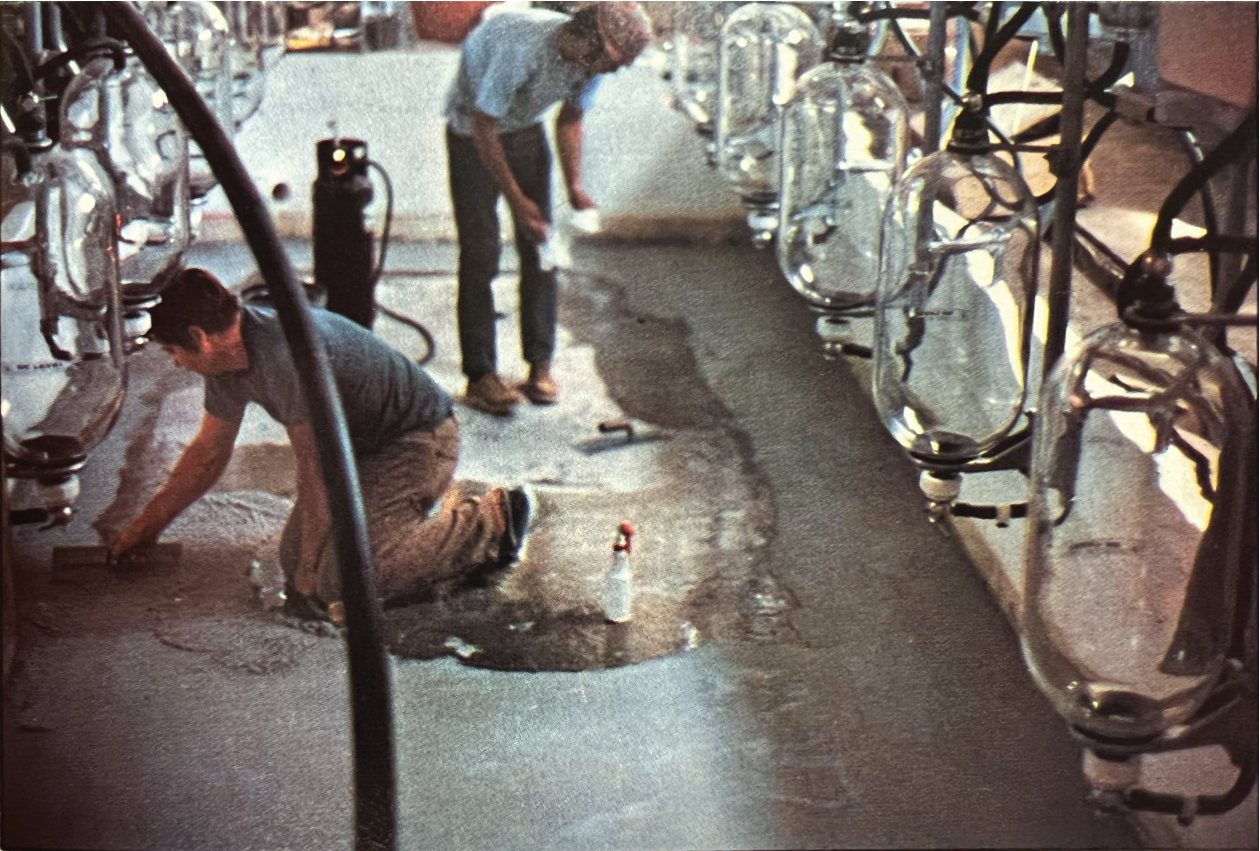
A large impact on time saved and also increased operator comfort and attitude can be made in the entrance and exit parts of the milking operation. Increasing rate of cow traffic through a parlor often leads to talk of automatic prep stalls, milker detachers, feed bowl covers, power gates, etc. However, there are many things not involving machiner which can have a significant effect on the amount of time it takes to move a string of cows in or out of the parlor.
In considering good cow traffic through a miling parlor, the holding area should be sized to hold the number of cows which will be kept in any one herd division or miling group (allow 12-15 sq. ft. of holding area per cow). A square or rectangular holding area and a minimum of corners, posts or other places for a cow to “hide in” are desirable. A rectangular holding area with no posts in it allows for easy addition of a crowd gate.
The route cows take from the holding area to the milking parlor should be considered. For most convenient and expedient cow movement, the holding area should be on the entrance end of a herringbone or 2-sides milking parlor. This allows cows to come striaght in from the holding area to the cow platforms without having to turn corners or come across the end of the pit. If each door is provided with a frog or funnel type arrangement, hesitant cows will be more likely to go into the parlor as there will be no corner for them to run into.
A big mistake found in miling parlors is not putting a door on the holding area end of the operator pit. Cows reluctant to enter a parlor often stop part-way in the entrance door. If the operator has a door at the end of the pit, he can usually step up right behind the cow and urge her on inside. If this door is not included, the operator must climb up onto the cow platform, push the cow out of the door, get behind her and then drive her in.
A 6-8-in. step from the holding area to the parlor platform is helpful in keeping manure or urine from running into the parlor. A series of steps leading the entrance door may slow down entrance of a string of cows. A continuously slopin g holding area may be a better way to change elevations.
Exit Route Important
After the cows are in as quickly as possible and well milked, the exit route of the cows from the parlor becomes important. The front gate has to open to allow the string of cows to leave. There are various ways the operator can open the front gate from different locations in the pit. A vast majority of parlors could have this feature added for less than a dollar or two. Often a piece of clothesline can be tied to the latch and brought back along the length of the operator pit and suspended above the operator’s head. A pull on this rope from any place in the pit then pulls the latch and allows the front gate to come open. This bit of “sem-automation” does not remove the need for the operator to go up to close and latch the gate.
It usually is best to have a minimum number of turns and maneuvers required by cows leaving the milking parlor. Usually a turn to the left or right across the pit to the return lanes is required. In some cases a complete 180° turn is used with a return lane in front of the mangers care should be taken to allow sufficient room fro cows to maneuver turns. Too much space encourage scows to turn around.
Design and construction of return lanes should reduce the possibility for cow interference. The three most common types of interference occur when lanes are too wide or when partitions between cow lanes are too low or when there is too much open space. A return lane wider than 32 in. may encourage one cow to tru y to pass another cow. This usually results in a slowdown of cow traffic. A return lane wide enough to accommodate only one cow discourages cows from trying to pass or crowd.
Another part of a complete milking center that’s too often neglected is the veterinary and treatment area. Since cows are observed at least twice a day in the parlor, that is normally when the operator has a good chance to identify and separate cows needing attention. A catch pen located adjacent to the milking parlor with a gate or door into the return lane is most convenient. This diversion door or gate is placed so that a rope may be pulled from the pit to bring the gate across the return lane and divert cows into the catch pen. It is usually convenienbt to size the catch pen large enough to hold a string of cows from one side of the milking parlor. This eliminates the need for having to swing the gate across just as the right cow comes by and then swing it shut before the next one gets in the catch pen.
Since cows, like people, don’t like to be restrained and left back, cows in a catch pen often become nervous and excited and attempt to return to the resto f the herd. This is definietely a place where a partition which keeps a cow from getting her head through into the return lane is in order.
Feeding in Milk Parlor
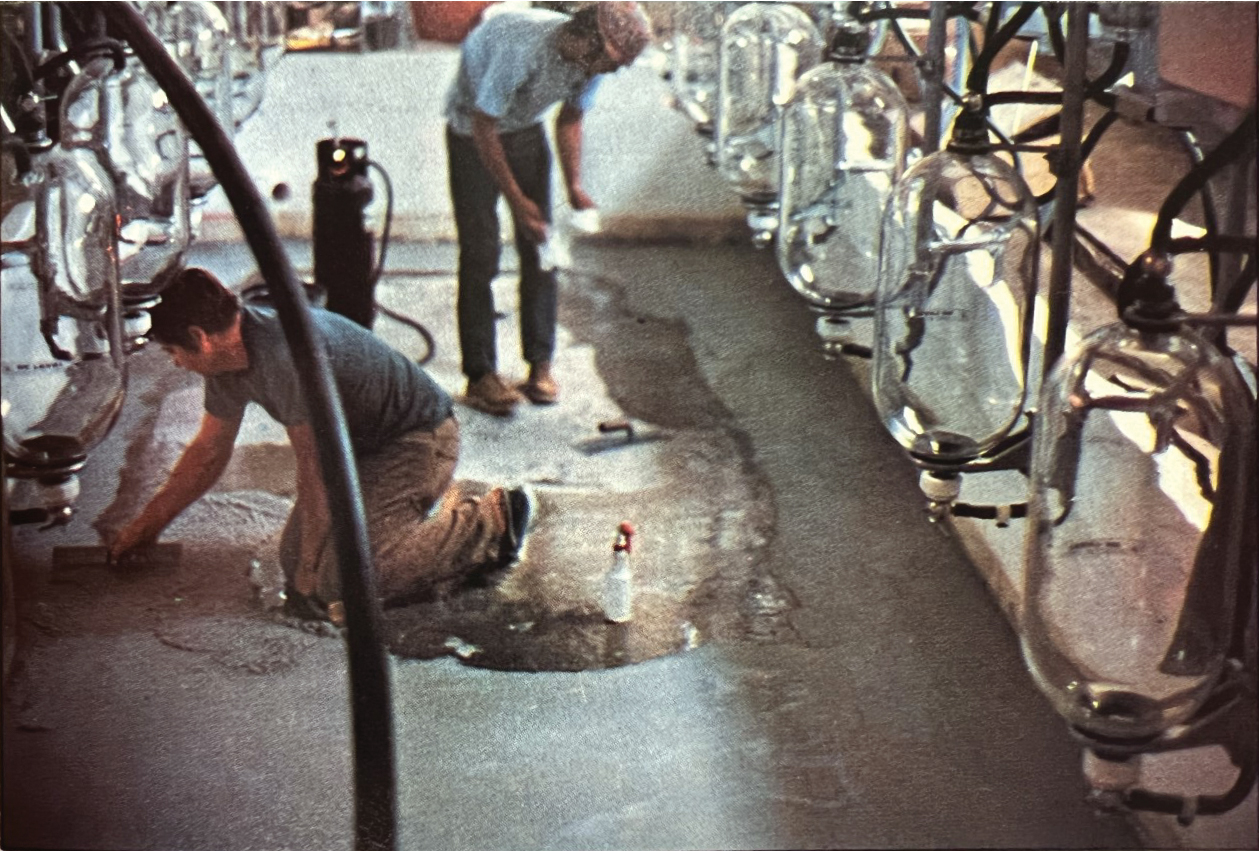
Feeding in the parlor is sometimes related to cow entrance and exit difficulties. There are various opinions regarding the effect of feed being available in the parlor. Feeding in the parlor also adds to clean up time and problems from spilled feed and dust.
Whether cows are more relaxed in a parlor with or without feed is also a good argument. Some say that the feed makes them content and they stand there and eat, orthers argue that as soon as the feed is gone they will stomp around hoping to shake loose a little more feed.
Curbs are usually placed along the cow platform. These should help reduce splashing of water or manure into the operator pit. They can also prevent a cow’s hoof from slipping off the platform. A curb with a minimum vertical area exposed to the operator is desirable. A metal curb or concrete curb with a sloping face on the pit side reduces “wet concrete” area the operator has to lean against.
A rub rail or bar at about the hip height of the cow 4-6 in. out from the wall will protect the wall from physical damage and also minimize dirt buildup. Cows will rub on the rail rather than against the wall. this will reduce dirt and grime ground into the walls, and also protect the wall from the swinging banging of the cow’s hips.
Floors which provide good footing (traction) for cows and are easily cleaned are desirable. This is a tough combination to achieve. An abrasive such as aluminum oxide can be troweled into the surface. If an epoxy or other type of finish is used over the concrete, light colors which readily show the dirt should be avoided, especially if grit is imbedded in the epoxy to improve traction. Usually anything done to roughen the surface and make it easier for hooves and feet to grab will also make it easier for dirt to stick, thus making parlor cleaning more difficult.
Light and Ventilation
A bright, airy, well-lighted parlor will be most enjoyable to work in. A high ceiling with plenty of windows will be helpful. This also helps provide good ventilation in warm weather. Unfortunately high ceilings and plenty of windows can make heating the parlor more difficult. There is no one best way to heat a miling parlor. the worst area is usually the operator’s pit, as cold, damp air tends to settle in. A method of heating this area–either by forced air or heat in the floor or pit walls–is desirable.
A milking parlor as part of a well-designed and constructed milking center will provide years of return as the principal cash crop of a dairy farm (milk) is harvested. Good common sense and experience can lead to a functional milking center which can keep milking a pleasant and productive task. RB



